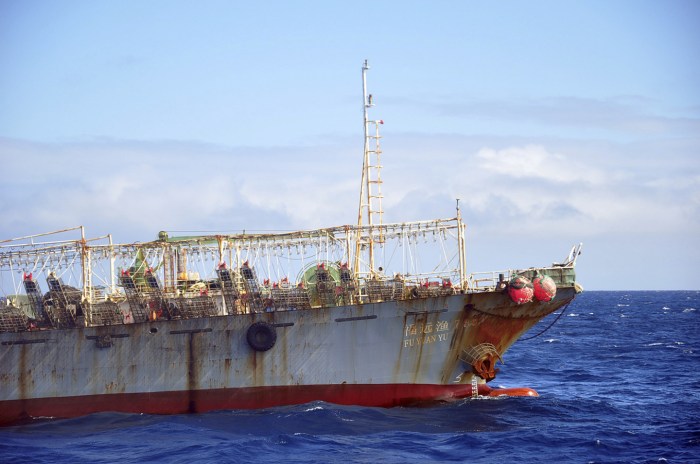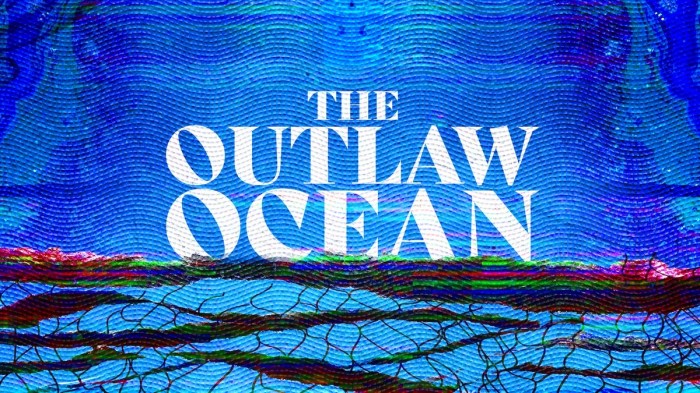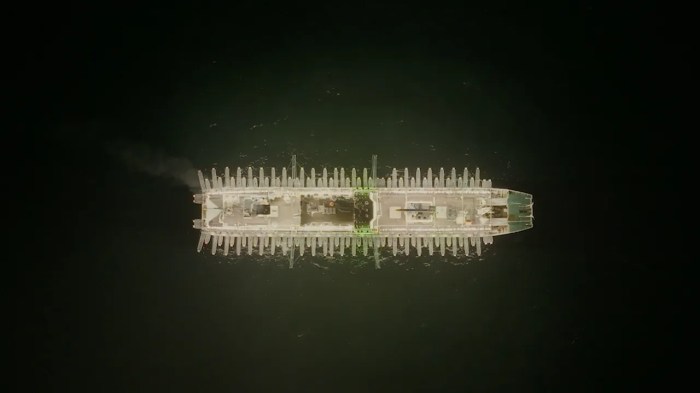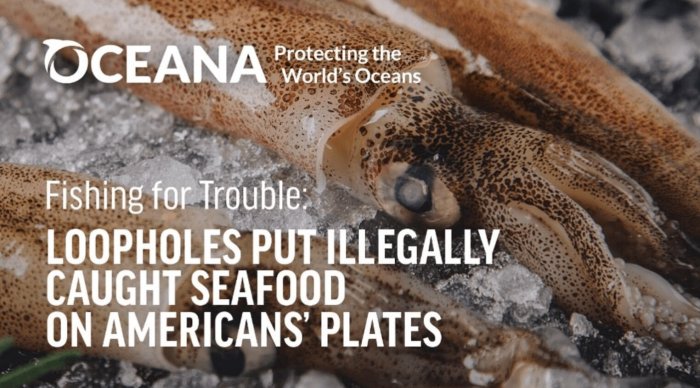The crimes behind the seafood you eat are a dark and hidden reality that has devastating consequences for our oceans, workers, and consumers. From illegal fishing to forced labor, the seafood industry is plagued by a litany of illicit activities that undermine its sustainability and endanger our health.
The scale of these crimes is staggering, with illegal, unreported, and unregulated (IUU) fishing alone accounting for up to 20% of global seafood catches. This rampant exploitation of marine resources depletes fish stocks, damages ecosystems, and robs legitimate fishers of their livelihoods.
Overview of the Hidden Crimes in the Seafood Industry

The seafood industry is plagued by a multitude of hidden crimes that undermine marine ecosystems, exploit workers, and pose health risks to consumers. These illicit activities range from illegal, unreported, and unregulated (IUU) fishing to labor exploitation, environmental destruction, and economic fraud.
IUU fishing involves the illegal capture of fish without proper authorization, reporting, or regulation. This practice threatens marine biodiversity, depletes fish stocks, and undermines the livelihoods of legitimate fishermen. Moreover, IUU fishing often involves the use of destructive fishing methods that damage marine habitats and contribute to the decline of ocean health.
Labor Exploitation and Human Rights Abuses
The seafood industry is rife with labor exploitation and human rights abuses. Forced labor, child labor, and inhumane working conditions are prevalent in seafood supply chains, particularly in developing countries. Workers are often subjected to long hours, low wages, and hazardous working environments, putting their health and safety at risk.
Trafficking and modern slavery are also concerns in the seafood industry. Workers may be trafficked from their home countries and forced to work on fishing vessels or in seafood processing plants under exploitative conditions.
Environmental Destruction and Sustainability
Overfishing, destructive fishing practices, and pollution pose significant threats to marine ecosystems. Overfishing leads to the depletion of fish stocks, disrupting marine food webs and biodiversity. Destructive fishing practices, such as bottom trawling, can damage marine habitats and harm non-target species.
Pollution from fishing vessels, seafood processing plants, and aquaculture operations can contaminate marine environments and harm marine life. Plastic pollution is a particular concern, as it can entangle and kill marine animals.
Health and Safety Concerns
Consuming seafood contaminated with pollutants or toxins can pose health risks to consumers. Seafood can be contaminated with heavy metals, pesticides, and other harmful substances that can accumulate in the human body over time.
Food safety regulations and traceability are essential for ensuring the safety of seafood products. However, these regulations are often inadequate or poorly enforced, particularly in developing countries.
Economic Impacts
IUU fishing and other illicit activities in the seafood industry result in significant economic losses. IUU fishing alone is estimated to cost the global economy billions of dollars annually.
Legitimate seafood businesses are also impacted by IUU fishing, as they compete with illegally caught seafood that is often sold at lower prices. This unfair competition can undermine the livelihoods of legitimate fishermen and seafood businesses.
Role of Consumers and Advocacy, The crimes behind the seafood you eat
Consumers have a crucial role to play in combating the hidden crimes in the seafood industry. By making informed seafood choices and supporting sustainable seafood practices, consumers can drive demand for ethical and environmentally responsible seafood.
Advocacy groups also play a vital role in promoting sustainable seafood practices and protecting marine ecosystems. These groups work to raise awareness about the hidden crimes in the seafood industry, advocate for policy changes, and support sustainable seafood initiatives.
Technological Advancements and Solutions
Technology has the potential to play a significant role in combating IUU fishing, improving traceability, and promoting sustainable seafood practices.
Satellite tracking, blockchain, and data analysis can be used to monitor fishing activities, track seafood products through the supply chain, and identify potential cases of IUU fishing.
Clarifying Questions: The Crimes Behind The Seafood You Eat
What are the main crimes associated with the seafood industry?
The main crimes associated with the seafood industry include illegal, unreported, and unregulated (IUU) fishing, forced labor, human rights abuses, environmental destruction, and economic fraud.
How does IUU fishing impact marine ecosystems?
IUU fishing depletes fish stocks, damages marine habitats, and disrupts the delicate balance of marine ecosystems. It also undermines the livelihoods of legitimate fishers who rely on sustainable fishing practices.
What are the working conditions like for seafood workers?
Seafood workers often face inhumane working conditions, including forced labor, child labor, and dangerous safety hazards. They are frequently subjected to long hours, low pay, and inadequate living conditions.
What are the environmental consequences of seafood production?
Seafood production can contribute to environmental degradation through overfishing, destructive fishing practices, and pollution. These activities damage marine habitats, reduce biodiversity, and threaten the health of our oceans.
What can consumers do to support sustainable seafood practices?
Consumers can support sustainable seafood practices by choosing seafood from certified sustainable sources, reducing their seafood consumption, and advocating for policies that promote transparency and accountability in the seafood industry.


